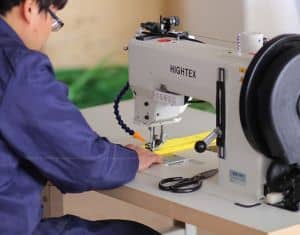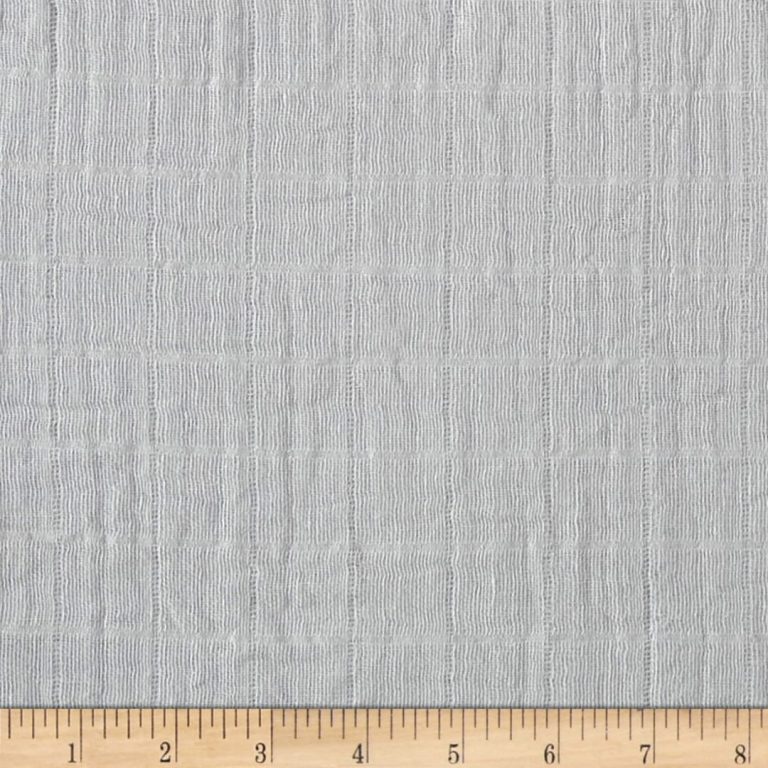How to Cinch a Dress

| Pros | Cons |
|---|---|
| Allows you to cinch a poorly fitted dress | Requires sewing skills and tools |
| Can be done with a sewing machine or by hand | May not work well for all dress styles |
| Uses basic sewing essentials | Requires measuring and cutting fabric |
| Customizable to your desired waistline | Requires some time and effort |
| Gives a more form-fitting and attractive look | May not be suitable for all body shapes |
| Uses elastic casing for flexibility |
Step 1
Turn the dress inside out and put it on. Put a narrow belt on, too, around the part of the waist that you want to cinch. Use some chalk or pins to mark out a line along the top portion of the belt. Remove the dress, lay it on a flat surface, such as a sewing desk, and using a ruler and some chalk, draw a straight line along the entire waist.
Step 2
Measure the circumference of the waist, using the chalk lines you marked out as a guide.
Step 3
Cut a thin strip of fabric, about 1 ¾ inches wide, that is the same length of the circumference of the dress and add 1 inch. This piece of fabric will serve as the casing that will be used to cinch the dress. Use a piece of fabric that coordinates with the material of the dress for the best results; for instance, if the dress is made of denim and chambray, use the same material for the casing.
Step 4
Fold the pieces of fabric lengthwise so that the right side of the fabric is facing together and press the material. Stitch a straight line in the fabric about ¼ inch from the raw edges. There should be about 1 to 2 inches of material left that isn’t sewn at each end of the casing.
Step 5
Place a safety pin in one end of the casing, push it through, and pull it out of the opposite end to pull the material right side out. Iron the casing so that it lies fat; make sure that the seam is along the edge.
Step 6
Line up the short, unfinished ends of the casing (ensure that there aren’t any twists in the fabric) and sew the ends together so that there’s a ½-inch seam allowance. Trim off the seam allowance and fold the casing in half so that the raw edges are lined up with the rest of the casting.
Step 7
Using pins, attach the casing to the wrong side of the dress, making sure that it is positioned on the line that you marked along the dress. Using an edge stitch along the top and bottom of the edges of the casing, secure the casing to the dress. Make sure that you leave an opening of about 1 to 2 inches along the side seam at the bottom edge of the casing so that you can place the elastic inside.
Step 8
Wrap a length of elastic around the part of your body where you would like the waistline to be situated, adding an extra 2 inches to it before you cut it. Secure a safety pin to one end of the elastic and push it through open end of the casing. Sew the open end of the casing closed.
Step 9
Stitch the casing to the wrong side of the dress on the parts that you marked out. Turn the dress right side out and enjoy your new cinched waistline!







